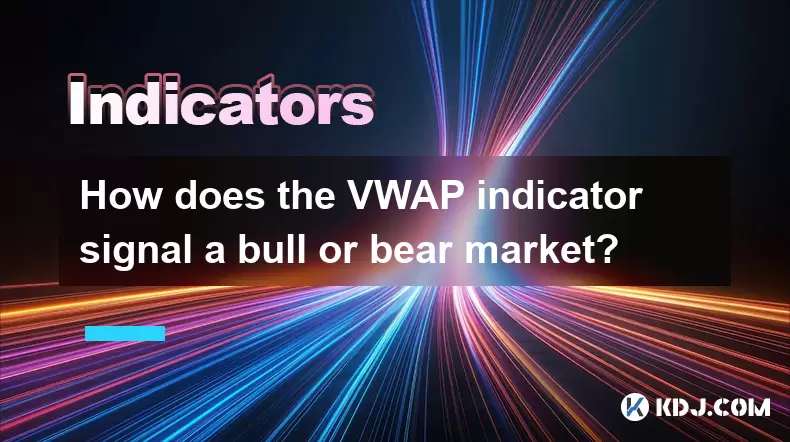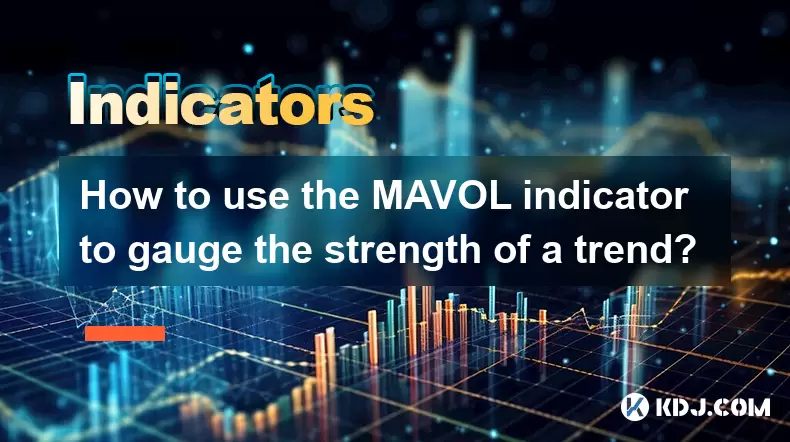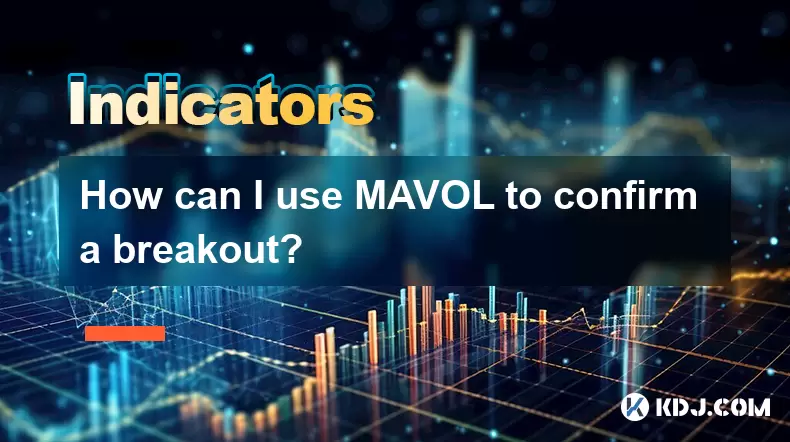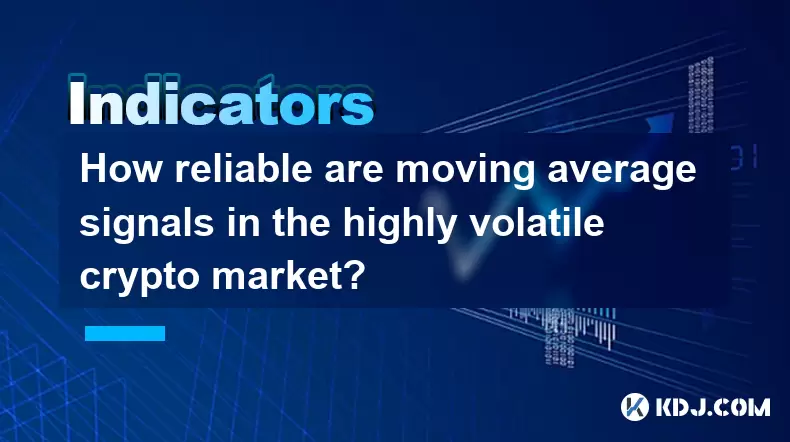-
 Bitcoin
Bitcoin $118400
0.47% -
 Ethereum
Ethereum $3836
2.20% -
 XRP
XRP $3.157
2.98% -
 Tether USDt
Tether USDt $0.9999
-0.03% -
 BNB
BNB $801.5
1.31% -
 Solana
Solana $180.9
2.07% -
 USDC
USDC $0.9999
-0.02% -
 Dogecoin
Dogecoin $0.2225
2.50% -
 TRON
TRON $0.3285
-1.02% -
 Cardano
Cardano $0.7789
2.60% -
 Hyperliquid
Hyperliquid $43.60
2.39% -
 Sui
Sui $3.892
4.41% -
 Stellar
Stellar $0.4229
3.34% -
 Chainlink
Chainlink $18.01
3.98% -
 Hedera
Hedera $0.2745
6.77% -
 Bitcoin Cash
Bitcoin Cash $582.3
3.38% -
 Avalanche
Avalanche $23.77
1.04% -
 Ethena USDe
Ethena USDe $1.001
0.01% -
 Toncoin
Toncoin $3.493
3.59% -
 Litecoin
Litecoin $110.0
2.48% -
 UNUS SED LEO
UNUS SED LEO $8.936
-0.37% -
 Shiba Inu
Shiba Inu $0.00001304
2.49% -
 Uniswap
Uniswap $9.999
1.09% -
 Polkadot
Polkadot $3.897
3.26% -
 Monero
Monero $308.6
-0.83% -
 Dai
Dai $0.9999
-0.01% -
 Bitget Token
Bitget Token $4.504
-0.04% -
 Pepe
Pepe $0.00001154
2.95% -
 Cronos
Cronos $0.1471
3.06% -
 Ethena
Ethena $0.6691
19.53%
How does the VWAP indicator signal a bull or bear market?
VWAP combines price and volume to identify trends, with price above VWAP signaling bullish momentum and below indicating bearish pressure in crypto markets.
Jul 31, 2025 at 02:57 am

Understanding the VWAP Indicator in Cryptocurrency Trading
The Volume Weighted Average Price (VWAP) is a widely used technical analysis tool in cryptocurrency trading that combines both price and volume data to determine the average price of an asset over a specific time period. Unlike a simple moving average, VWAP accounts for trading volume, giving more weight to periods with higher volume. This makes it particularly effective in identifying dominant market trends. In the context of crypto markets, which are highly volatile and sensitive to volume spikes, VWAP helps traders assess whether buying or selling pressure is prevailing. The core calculation of VWAP involves summing the dollar volume (price multiplied by volume) for each transaction and dividing it by the total volume over the session.
How VWAP Reflects Market Sentiment
When the current price of a cryptocurrency trades above the VWAP line, it typically signals bullish sentiment. This indicates that buyers are in control and are willing to pay higher prices, especially during periods of high volume. Conversely, when the price trades below the VWAP, it suggests bearish momentum, meaning sellers dominate the market. The strength of this signal increases when the deviation from VWAP is sustained over multiple candlesticks and supported by rising volume. For example, if Bitcoin's price remains consistently above VWAP on the 1-hour chart with increasing volume, it reinforces the idea that accumulation is occurring.
It is crucial to note that VWAP is recalculated throughout the trading session, making it a dynamic benchmark. In crypto, where markets operate 24/7, traders often reset VWAP at the start of a new UTC day or use rolling VWAP settings. A rising VWAP slope indicates that the average transaction cost is increasing, which aligns with bullish conditions. On the other hand, a declining VWAP slope reflects decreasing average prices, often associated with distribution or capitulation.
Using Price Relative to VWAP to Identify Trends
One of the most practical ways to interpret VWAP is by observing the relationship between price and the VWAP line:
- When the price is above VWAP and continues to make higher highs and higher lows, it suggests a bullish trend.
- When the price is below VWAP and forms lower highs and lower lows, it indicates a bearish trend.
- If the price oscillates around VWAP without a clear direction, the market may be in a consolidation phase.
For instance, if Ethereum breaks above VWAP on a 4-hour chart with strong volume and remains above it for several periods, this could confirm the start of a bullish move. Traders often use this as a signal to enter long positions or hold existing ones. Conversely, if Solana drops below VWAP and fails to reclaim it despite short rallies, this may prompt traders to consider shorting or exiting long exposure.
Combining VWAP with Volume Spikes for Confirmation
Volume plays a critical role in validating VWAP signals. A move above or below VWAP is more significant when accompanied by a notable increase in trading volume. For example:
- A breakout above VWAP on low volume may be a false signal or a short squeeze.
- A breakdown below VWAP on high volume often indicates strong selling pressure and potential bearish continuation.
Traders can use volume profile tools alongside VWAP to identify high-volume nodes (HVN) and low-volume nodes (LVN). If price moves above VWAP and approaches a HVN from below, it may face resistance. Conversely, if price falls below VWAP and nears a HVN from above, it could find support. In crypto, where large whale transactions can distort volume, it's essential to use VWAP in conjunction with on-chain data or order book analysis for better accuracy.
Practical Steps to Set Up and Use VWAP on a Trading Platform
To effectively use VWAP, traders must configure it correctly on their charting platform. Here’s how to set it up on popular platforms like TradingView or Binance:
- Open your preferred charting interface and select the cryptocurrency pair you want to analyze.
- Click on the "Indicators" button and search for "VWAP" in the indicator library.
- Add the VWAP indicator to the chart; by default, it will display as a single line.
- Adjust settings if needed—some traders use "Reset Daily" to recalculate VWAP at 00:00 UTC.
- Enable "Anchor to Session" if you want VWAP to reset at specific intervals (e.g., daily).
- Consider adding standard deviation bands around VWAP to visualize volatility and overextended moves.
Once applied, monitor how price interacts with the VWAP line across different timeframes. For day trading, the 5-minute or 15-minute charts with VWAP are commonly used. Swing traders may prefer the 1-hour or 4-hour charts. Always cross-verify VWAP signals with other tools like RSI or MACD to reduce false positives.
Interpreting VWAP Crossovers and Divergences
A VWAP crossover occurs when the price moves from below to above VWAP (bullish crossover) or from above to below (bearish crossover). These crossovers gain significance when they happen with momentum and volume confirmation. For example:
- A bullish crossover on the BTC/USDT chart during a news-driven rally may signal the start of a new uptrend.
- A bearish crossover after a failed breakout could indicate exhaustion and reversal.
Divergences between price and VWAP also provide insights. If price makes a new high but VWAP fails to rise accordingly, it may suggest weak buying pressure. Similarly, if price makes a new low but VWAP flattens or rises, it could indicate absorption by buyers at lower levels. These subtle clues help traders anticipate reversals before they become apparent on price alone.
Frequently Asked Questions
Can VWAP be used in sideways markets?
Yes, in ranging markets, VWAP often acts as a mean-reversion level. Price tends to gravitate toward VWAP, making it useful for identifying potential entry points when price deviates significantly above or below the line. However, in choppy conditions, false breakouts are common, so combining VWAP with Bollinger Bands or Keltner Channels improves reliability.
Is VWAP effective for long-term crypto investing?
VWAP is primarily a short-to-medium-term trading tool. Long-term investors may find less utility in daily VWAP, though some use weekly or monthly VWAP overlays to assess macro-level accumulation trends. For buy-and-hold strategies, metrics like on-chain data or market cap-to-realized cap ratios are more relevant.
What timeframes work best with VWAP?
VWAP performs best on intraday timeframes such as 5-minute, 15-minute, and 1-hour charts. These allow traders to capture volume-weighted trends within a single trading session. On lower timeframes like 1-minute, noise can distort signals, while on higher timeframes like daily, VWAP becomes less responsive to short-term shifts.
Does VWAP work across all cryptocurrencies?
VWAP is most effective in highly liquid markets like Bitcoin and Ethereum. For low-cap altcoins with thin order books and erratic volume, VWAP signals may be unreliable due to manipulation or low transaction frequency. Always assess the asset’s trading volume and exchange depth before relying on VWAP.
Disclaimer:info@kdj.com
The information provided is not trading advice. kdj.com does not assume any responsibility for any investments made based on the information provided in this article. Cryptocurrencies are highly volatile and it is highly recommended that you invest with caution after thorough research!
If you believe that the content used on this website infringes your copyright, please contact us immediately (info@kdj.com) and we will delete it promptly.
- Ozak AI: Can This Underdog Crypto Achieve a Bull Run to $1?
- 2025-07-31 22:30:12
- Coinbase Breach: Navigating Insider Risk and Bolstering Security
- 2025-07-31 23:11:55
- Bitcoin Rebounds, WeWake Presale Gains Traction: What's the Buzz?
- 2025-07-31 22:30:12
- Bitcoin, Altcoins, and Volume Watchlists: Decoding the Crypto Landscape
- 2025-07-31 23:11:55
- Tron, Fartcoin, and BlockchainFX: What's Trending (and What's Not) in the Crypto World
- 2025-07-31 21:32:19
- Bitcoin, Corporate Investments, and Sustainability: A New Era or Fleeting Fad?
- 2025-07-31 20:50:14
Related knowledge

What is a MACD crossover?
Jul 31,2025 at 11:52pm
Understanding the Role of Private Keys in Cryptocurrency SecurityIn the world of cryptocurrency, private keys are the cornerstone of ownership and con...

How can you use the MACD histogram to determine trend strength?
Jul 31,2025 at 11:10pm
Understanding the MACD Histogram and Its ComponentsThe MACD (Moving Average Convergence Divergence) histogram is a visual representation of the differ...

How to use the MAVOL indicator to gauge the strength of a trend?
Jul 31,2025 at 09:57pm
Understanding the MAVOL Indicator in Cryptocurrency TradingThe MAVOL indicator, short for Moving Average of Volume, is a technical analysis tool widel...

How do you set up MAVOL alerts for specific cryptocurrencies?
Aug 01,2025 at 12:23am
Understanding MAVOL and Its Role in Cryptocurrency AnalysisMAVOL, or Moving Average Volume, is a technical indicator used to analyze the average tradi...

How can I use MAVOL to confirm a breakout?
Jul 31,2025 at 11:38pm
Understanding MAVOL and Its Role in Technical AnalysisMAVOL, short for Moving Average of Volume, is a technical indicator that calculates the average ...

How reliable are moving average signals in the highly volatile crypto market?
Jul 31,2025 at 08:36pm
Understanding Moving Averages in Cryptocurrency TradingMoving averages (MAs) are among the most widely used technical indicators in the cryptocurrency...

What is a MACD crossover?
Jul 31,2025 at 11:52pm
Understanding the Role of Private Keys in Cryptocurrency SecurityIn the world of cryptocurrency, private keys are the cornerstone of ownership and con...

How can you use the MACD histogram to determine trend strength?
Jul 31,2025 at 11:10pm
Understanding the MACD Histogram and Its ComponentsThe MACD (Moving Average Convergence Divergence) histogram is a visual representation of the differ...

How to use the MAVOL indicator to gauge the strength of a trend?
Jul 31,2025 at 09:57pm
Understanding the MAVOL Indicator in Cryptocurrency TradingThe MAVOL indicator, short for Moving Average of Volume, is a technical analysis tool widel...

How do you set up MAVOL alerts for specific cryptocurrencies?
Aug 01,2025 at 12:23am
Understanding MAVOL and Its Role in Cryptocurrency AnalysisMAVOL, or Moving Average Volume, is a technical indicator used to analyze the average tradi...

How can I use MAVOL to confirm a breakout?
Jul 31,2025 at 11:38pm
Understanding MAVOL and Its Role in Technical AnalysisMAVOL, short for Moving Average of Volume, is a technical indicator that calculates the average ...

How reliable are moving average signals in the highly volatile crypto market?
Jul 31,2025 at 08:36pm
Understanding Moving Averages in Cryptocurrency TradingMoving averages (MAs) are among the most widely used technical indicators in the cryptocurrency...
See all articles

























































































